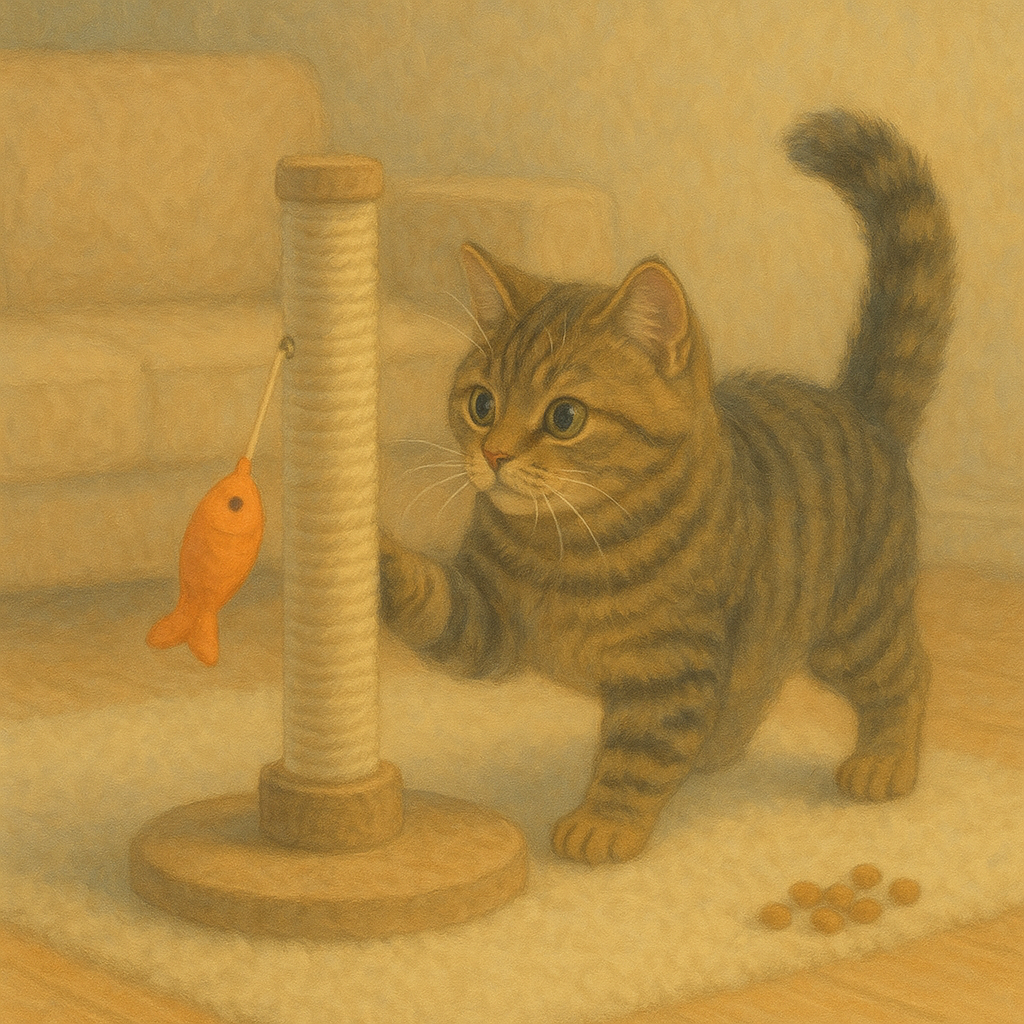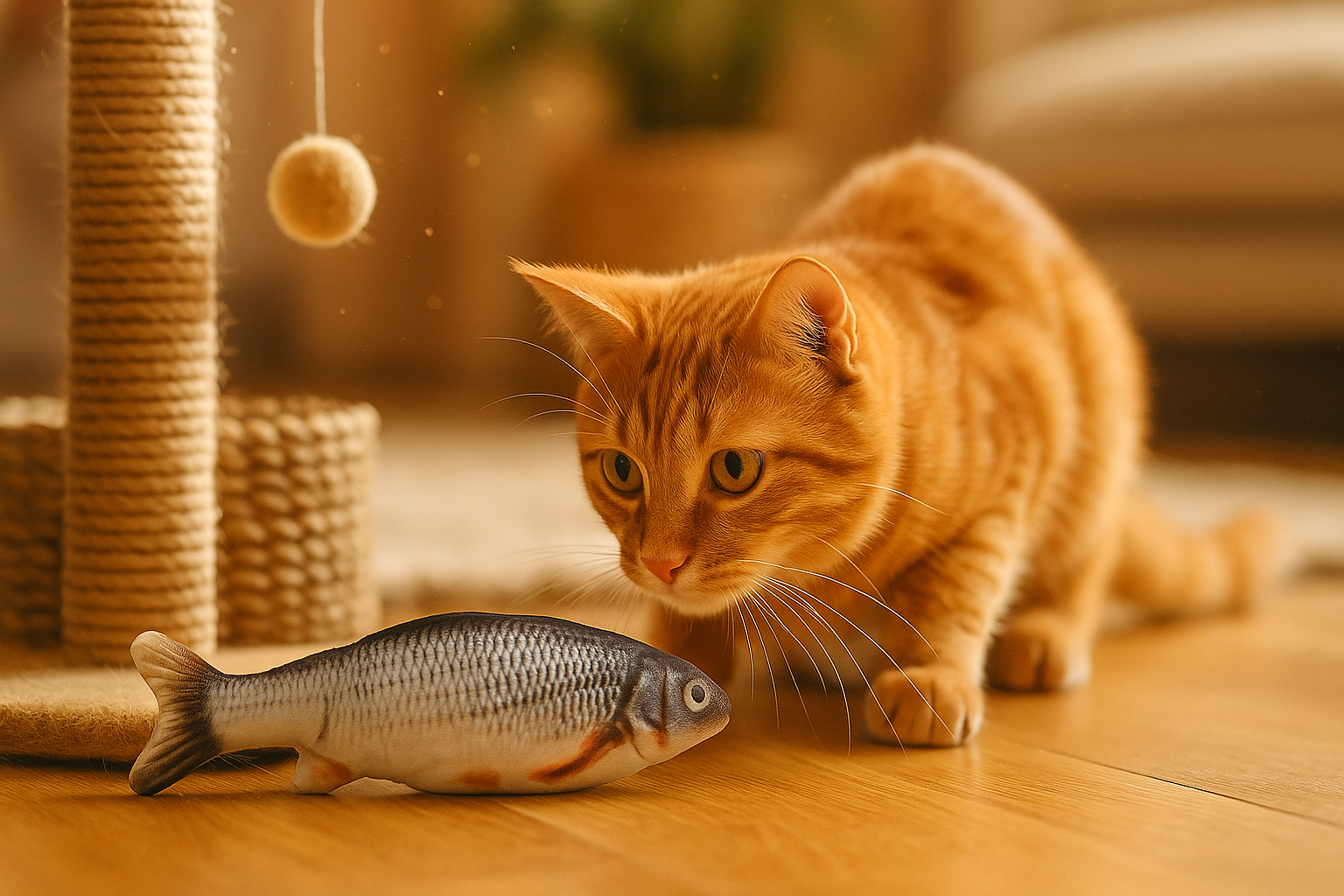Introducing a well-designed cat toy to prevent furniture damage can be a simple yet effective solution for pet owners struggling with scratched sofas, torn curtains, or clawed table legs. Many cats naturally exhibit scratching behaviors to maintain claw health, mark territory, or release pent-up energy. Without appropriate alternatives, your furniture often becomes the unintended victim. The right cat toy channels this instinct into healthy play, preserving your home while keeping your feline happy and active.
Cat toys engineered to reduce destructive behavior are typically made to mimic the texture and resistance of furniture fabric or wood. Sisal-wrapped posts, cardboard scratch pads, and interactive scratching toys serve as compelling alternatives. These products redirect a cat’s attention from your valuables, offering a satisfying tactile experience that satisfies their innate need to scratch. When placed near common scratching zones—like couch corners or door frames—these toys help reshape behavioral patterns through positive reinforcement.
Beyond traditional scratching posts, modern toys incorporate elements like movement, scent, and treat rewards to keep cats engaged. A dangling toy attached to a scratch post can transform ordinary furniture-sparing gear into an interactive play center. Catnip-infused items, for instance, add an irresistible layer of attraction, making the toy even more effective in preventing furniture damage.
 It’s important to understand that scratching is not just physical; it has emotional roots too. Cats may claw at furniture when bored, stressed, or anxious. Providing a stimulating environment with toys that meet both physical and emotional needs is key. Puzzle toys, laser chasers, and feathered wands offer mental engagement, keeping your pet too entertained to turn to furniture destruction.
It’s important to understand that scratching is not just physical; it has emotional roots too. Cats may claw at furniture when bored, stressed, or anxious. Providing a stimulating environment with toys that meet both physical and emotional needs is key. Puzzle toys, laser chasers, and feathered wands offer mental engagement, keeping your pet too entertained to turn to furniture destruction.
Placement also plays a crucial role. A high-quality cat toy to prevent furniture damage works best when positioned in areas your cat already frequents. Observe your pet’s behavior and position the toy in their favorite room or near their preferred lounging spot. Reinforce use with gentle encouragement or treats when they interact correctly.
Another factor to consider is the material durability. Cheap toys might tear easily, making them less satisfying to scratch. Opt for products designed with resilience and safety in mind—especially those made from sisal, jute, or corrugated cardboard. These textures closely mimic surfaces cats are drawn to, yet are safe and replaceable.
Training your cat to use the toy takes time, but consistency pays off. Reward them for using the designated toy, redirect them gently when they reach for the sofa, and refresh the toy with scents or movement as needed. Over time, the toy becomes a natural part of their daily routine.
Choosing a cat toy to prevent furniture damage not only protects your belongings but also enhances your cat’s environment. It encourages exercise, relieves stress, and supports healthy claw maintenance. Instead of fighting natural feline behaviors, you’re guiding them in a productive, damage-free direction. Investing in the right toy transforms your home into a space of harmony between stylish interiors and active, happy pets.









